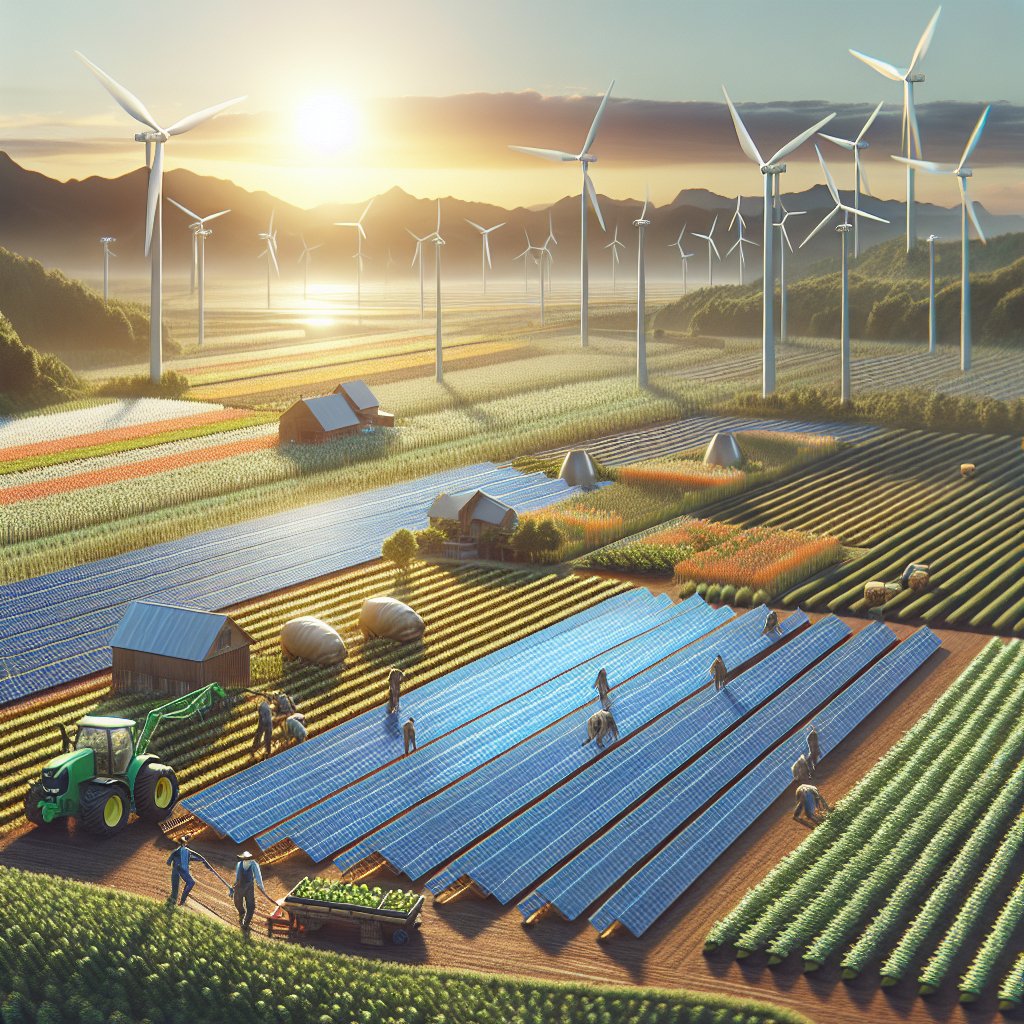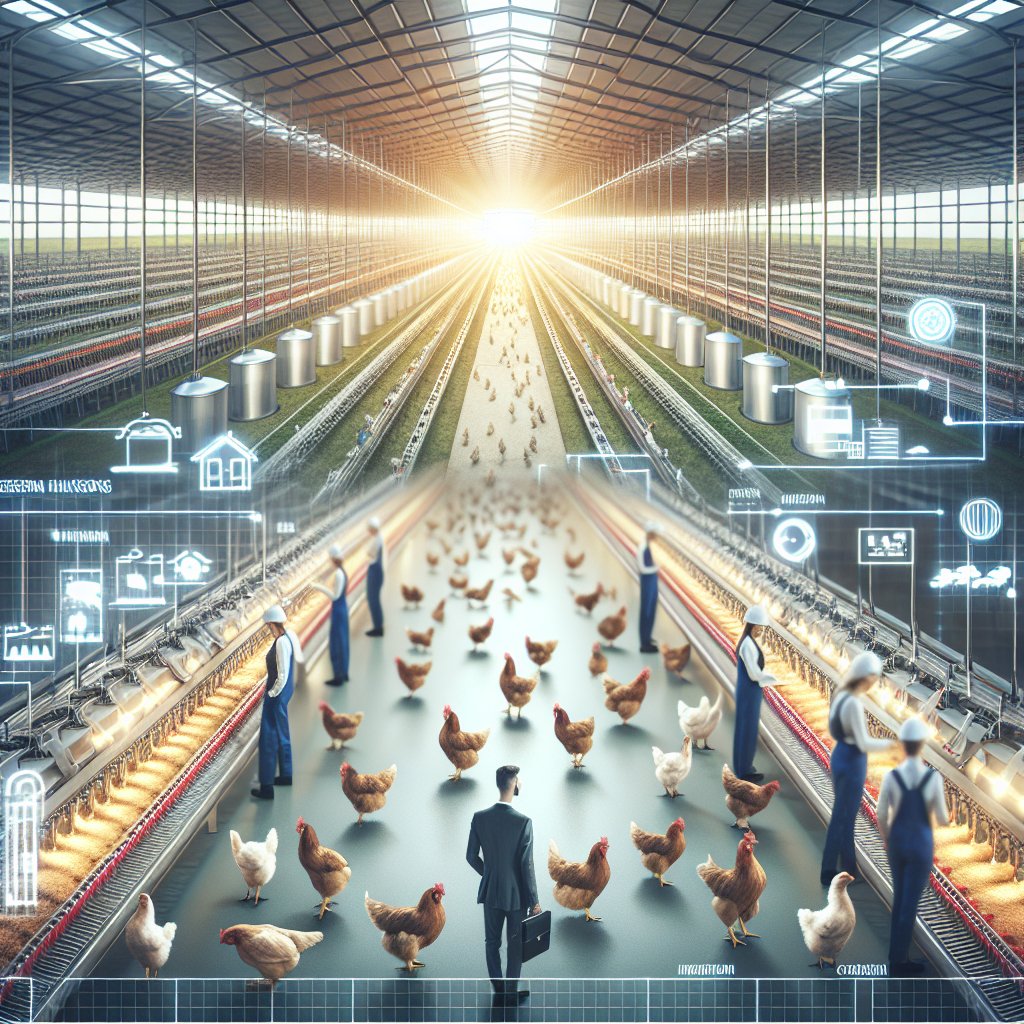Pollinators play a crucial role in the agricultural sector, significantly impacting crop production and biodiversity. These small yet mighty creatures are essential for the reproduction of many plants, including those that produce fruits, vegetables, and nuts. Without them, the global food supply would face severe challenges, and ecosystems would suffer. This article delves into the importance of pollinators in farming, exploring their roles, the threats they face, and the measures needed to protect them.
The Role of Pollinators in Agriculture
Pollinators, such as bees, butterflies, birds, and bats, are responsible for the transfer of pollen from the male parts of a flower to the female parts, facilitating fertilization and the production of seeds and fruits. This process is vital for the reproduction of over 75% of the world’s flowering plants, including many crops that are essential for human consumption.
Bees, particularly honeybees, are among the most effective pollinators. They are responsible for pollinating a wide variety of crops, including apples, almonds, blueberries, and cucumbers. In fact, it is estimated that one-third of the food we consume relies on pollination by bees. Their ability to pollinate large areas efficiently makes them indispensable to farmers worldwide.
Butterflies and moths also contribute to pollination, although they are less efficient than bees. They tend to pollinate flowers that are open during the day and have bright colors and sweet scents. Birds, such as hummingbirds, and bats are important pollinators in certain regions, particularly in tropical and desert environments where they help pollinate plants that bloom at night or have long tubular flowers.
Threats to Pollinators
Despite their importance, pollinators face numerous threats that have led to a decline in their populations. One of the primary threats is habitat loss due to urbanization, agriculture expansion, and deforestation. As natural habitats are destroyed, pollinators lose the resources they need to survive, such as food and nesting sites.
Pesticides, particularly neonicotinoids, pose another significant threat to pollinators. These chemicals are widely used in agriculture to protect crops from pests, but they can be harmful to pollinators, affecting their ability to forage, navigate, and reproduce. The decline in pollinator populations has been linked to the widespread use of these pesticides.
Climate change is also impacting pollinators by altering the availability of flowers and changing the timing of flowering seasons. This can lead to mismatches between the availability of food resources and the life cycles of pollinators, making it difficult for them to find the nourishment they need.
Protecting Pollinators for Sustainable Agriculture
To ensure the sustainability of agriculture and the health of ecosystems, it is crucial to implement measures that protect pollinators. One effective strategy is to create and preserve habitats that provide food and nesting resources for pollinators. This can be achieved by planting diverse flowering plants, establishing hedgerows, and maintaining natural areas within agricultural landscapes.
Reducing the use of harmful pesticides is another important step. Farmers can adopt integrated pest management practices that minimize the need for chemical pesticides by using alternative methods such as biological control, crop rotation, and the use of pest-resistant crop varieties.
Supporting organic farming practices can also benefit pollinators. Organic farms tend to have higher biodiversity and provide more resources for pollinators compared to conventional farms. By choosing organic products, consumers can help promote farming practices that are more pollinator-friendly.
Finally, raising awareness about the importance of pollinators and the threats they face is essential. Educating farmers, policymakers, and the public about the role of pollinators in agriculture can lead to more informed decisions and actions that support their conservation.
Conclusion
Pollinators are vital to the success of agriculture and the health of ecosystems. Their role in pollinating crops is essential for food production and biodiversity. However, they face numerous threats that require immediate attention and action. By implementing measures to protect pollinators, such as preserving habitats, reducing pesticide use, and supporting organic farming, we can ensure a sustainable future for agriculture and the environment. Understanding and valuing the importance of pollinators is a crucial step towards achieving this goal.



